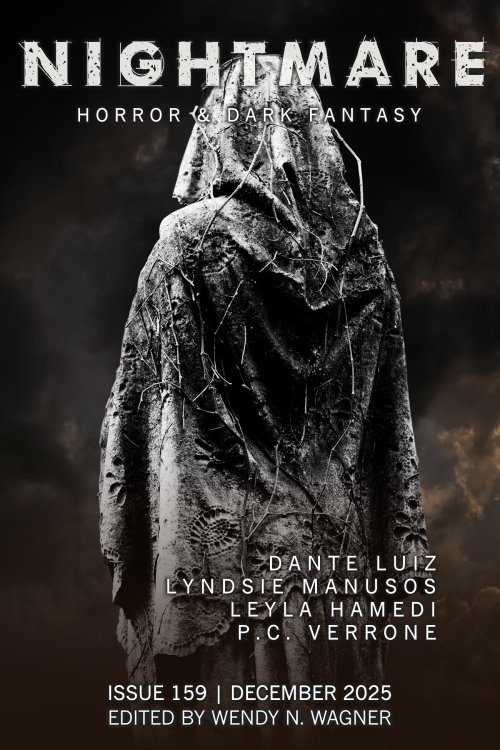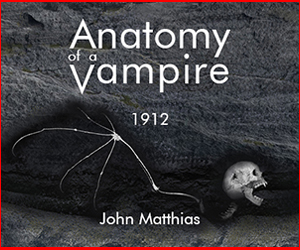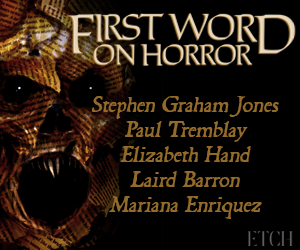Nonfiction
The H-Word: You Can’t Leave
It’s a quiet night at home. A woman watches a scary movie in a darkened room when a real-life killer appears. Screaming, she jumps from the couch, popcorn flying, and the chase begins. The mask-clad, knife-wielding killer pursues her.








